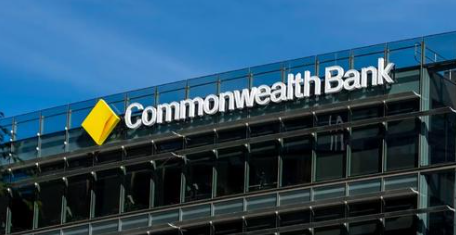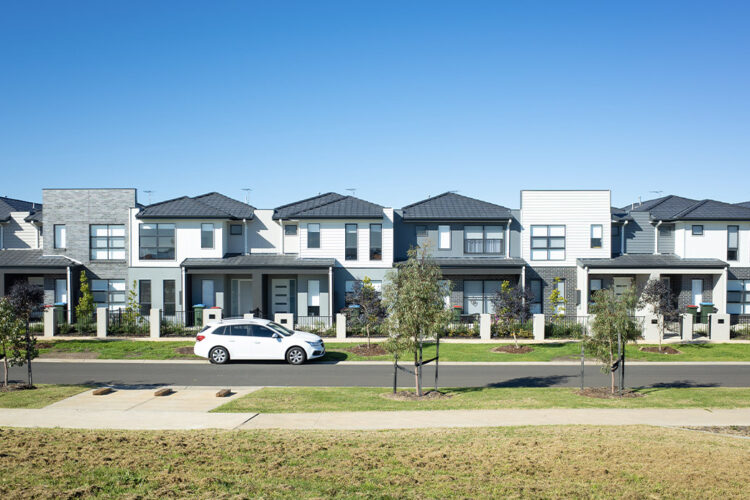A sharp upturn in new owner-occupier loan commitments contributed to overall housing lending growth in October, but refinancing cooled off from recent record highs, according to new figures.
The latest Lending Indicators data released by the Australian Bureau of Statistics (ABS) has shown that the value of new owner-occupier loan commitments surged by 5.6 per cent to $17.23 billion in October 2023 after recovering from a 0.1 per cent slump in September.
As a result, overall new housing loan commitments rose by 5.4 per cent in October to $26.75 billion (up 4.9 per cent since October 2022).
New investor lending remained strong, rising by 5.0 per cent to $9.52 billion in October. This represented a 12.1 per cent increase from October 2022, the data showed.
Mish Tan, ABS head of finance statistics, commented: “The growth in number and value of new owner-occupier loan commitments in trend terms has been relatively strong since February 2023, reflecting rising prices and demand for housing.”
Similarly, the number of new owner-occupier first home buyer (FHB) loan commitments (seasonally adjusted terms) rose by 5.1 per cent to 9,781, after climbing by 0.1 per cent in September.
It was 6.8 per cent higher compared to a year ago.
FHB lending rose in NSW (15.7 per cent), Tasmania (61.2 per cent), Victoria (2.5 per cent), Western Australia (4.5 per cent), the Northern Territory (30.6 per cent) and the Australian Capital Territory (0.4 per cent).
However, it fell in Queensland (1.6 per cent) and South Australia (0.5 per cent).
“In October, average loan sizes for first home buyers grew 0.3 per cent from $506,000 to $507,000 while average loan sizes across all owner-occupier loans grew 2.1 per cent from $553,000 to $564,000,” Dr Tan said.
According to ANZ research, the average loan size for FHBs hit a new record, rising 1.1 per cent above the previous peak, while the average owner-occupier loan sizes continued to edge close to the 2022 peak.
The number of refinanced owner-occupier loan commitments between lenders fell by 12.4 per cent to 20,518, continuing the decline from the all-time high of 28,150 reached in July 2023, the ABS data revealed.
Heat comes off refinancing
Meanwhile, after soaring to record highs in the previous month, the value of refinancing for total housing fell 7.0 per cent to $17.4 billion in October (it was 5.0 per cent lower compared to a year ago).
The drop was largely driven by the owner-occupier segment, which fell by 9.8 per cent to $11.4 billion and was 8.6 per cent lower compared to a year ago.
Investor housing refinancing fell by a more modest 1.0 per cent to $6.0 billion but was 2.6 per cent higher compared to a year ago.
RBA rate rises place pressure on construction lending
The Housing Industry Association (HIA) has said that lending for the construction and purchase of new homes is at its lowest level since the GFC, down 22.4 per cent compared to the same time the previous year.
Blaming the trends on the recent official cash rate rises by the Reserve Bank of Australia (RBA), the HIA urged the central bank to “wait for the full impact of their actions to date to flow through to the wider economy” after it increased the rate by another 25 basis points to 4.35 per cent in November.
In its final rate call for 2023 today (5 December), the RBA held the interest rate at 4.35 per cent, with governor Michele Bullock stating that holding it at this meeting will allow time to assess the impact of the hikes on demand, inflation, and the labour market.
HIA chief economist Tim Reardon said that the low volume of lending has remained a trend since the beginning of 2023 and “will see new home construction continue to slow through 2024, despite the need to increase the supply of new homes”.
“This poor result was recorded before the rise in the cash rate in November. There is no justification for further rate increases. Leading indicators of activity all show that the rise in the cash rate will cause activity to slow in 2024,” Mr Reardon said.
In October, the value of new loan commitments for construction rose 1.2 per cent to $2.6 billion in seasonally adjusted terms, after a 10.7 per cent rise in September. New loans for the purchase of property fell by 4.7 per cent to $5.8 billion in seasonally adjusted terms, after rising by 5.7 per cent in September.
“In the face of an acute shortage of housing stock, the rise in the cash rate has seen the volume of work entering the pipeline contracting for more than two years,” Mr Reardon said.
New building approvals data for October by ABS showed that detached house approvals are down 13 per cent on a rolling 12-month period, and are 9 per cent lower than the long-run average.
“Not only are rising rates making it harder to address the acute shortage of housing stock, but the loss of skilled trades from the building industry will also make a recovery in home building increasingly slow.
“The industry requires stable and reliable economic settings to avoid an ongoing market roller coaster,” concluded Mr Reardon.
If you’re looking to refinance for a better rate or are looking for the right rate for your clients at zero cost, contact Finni Mortgages’ experts and let us do the hard work for you.
Visit our website here or call 1300 002 023 to learn how we can help you!


